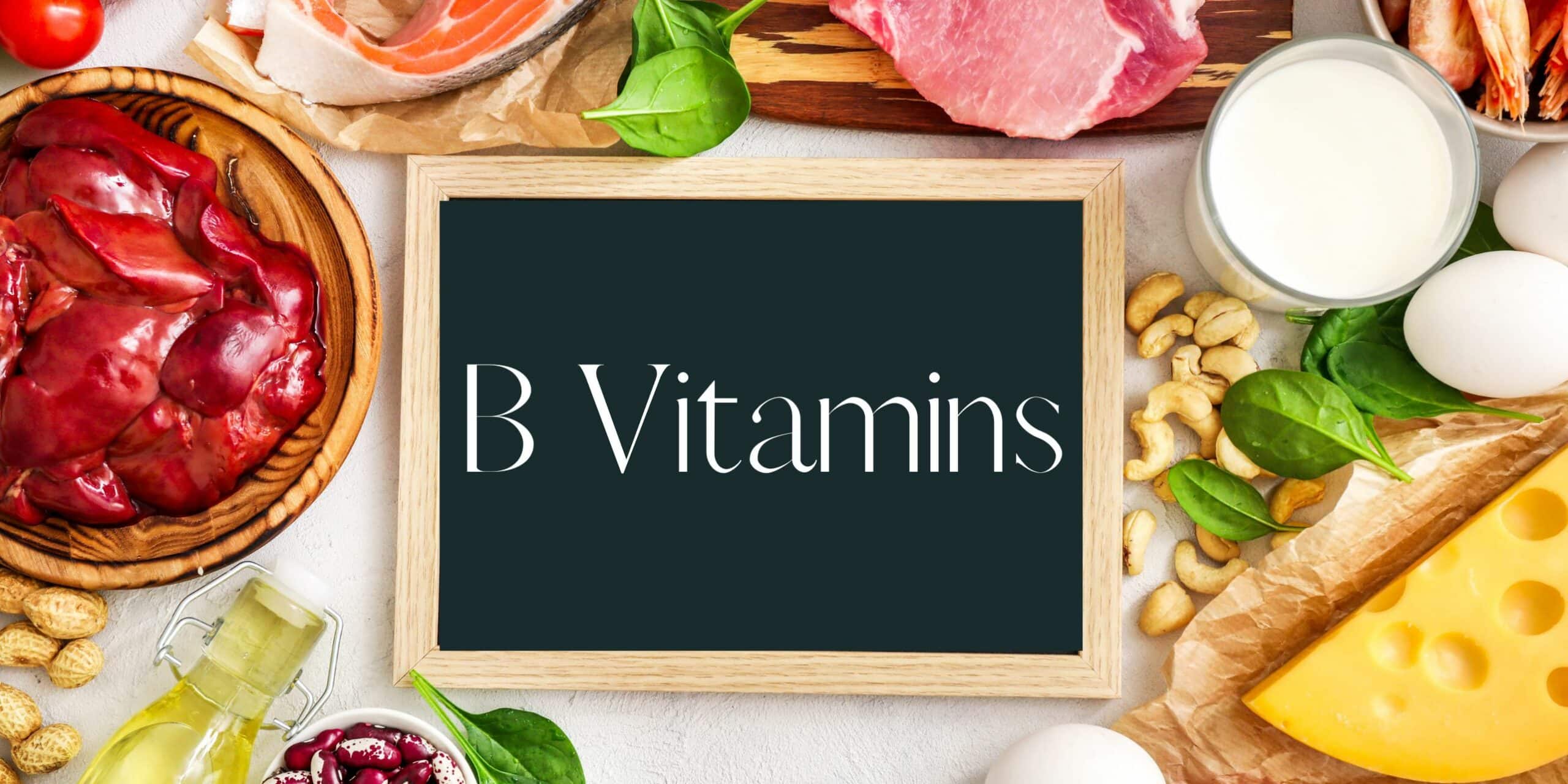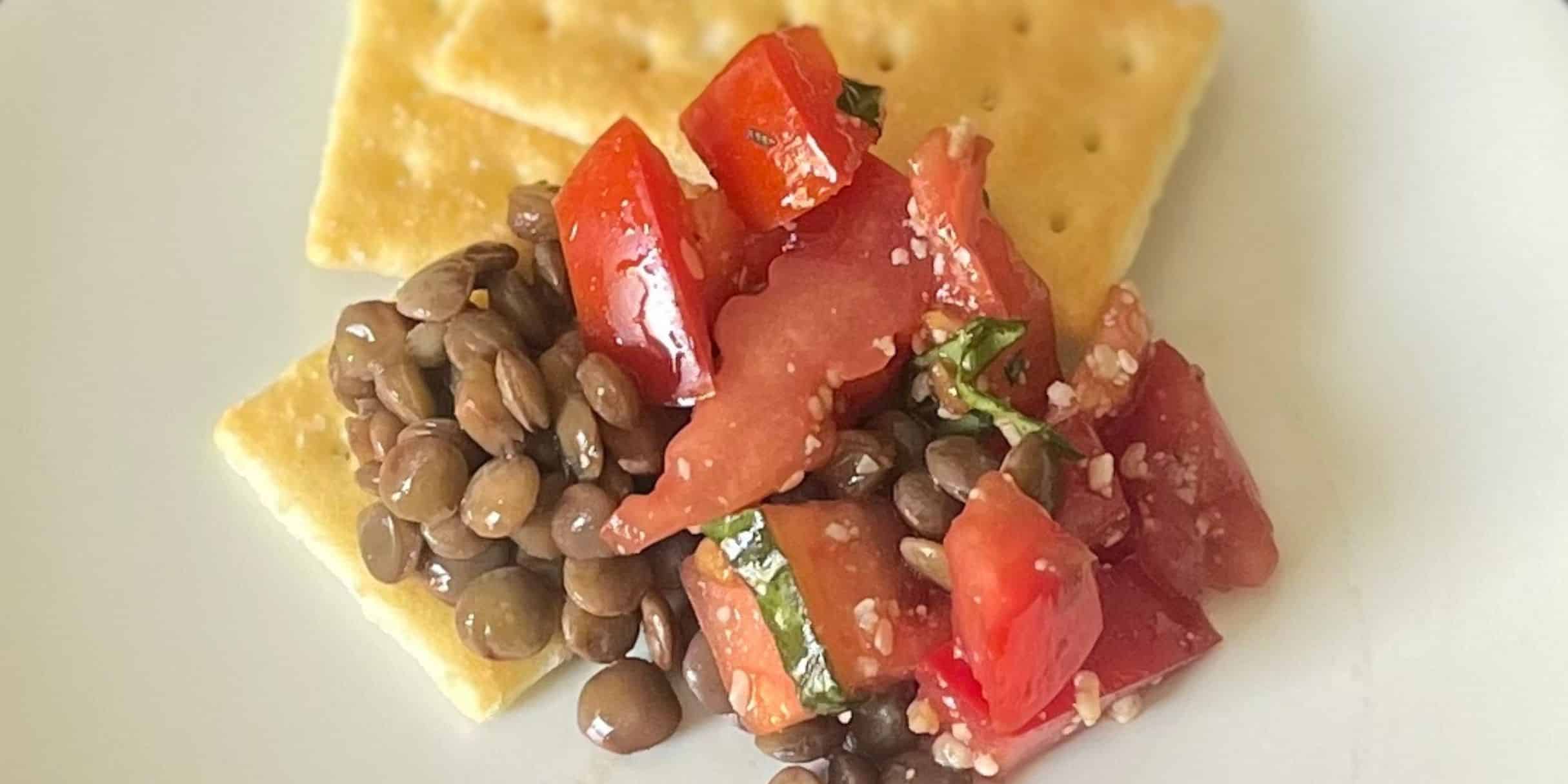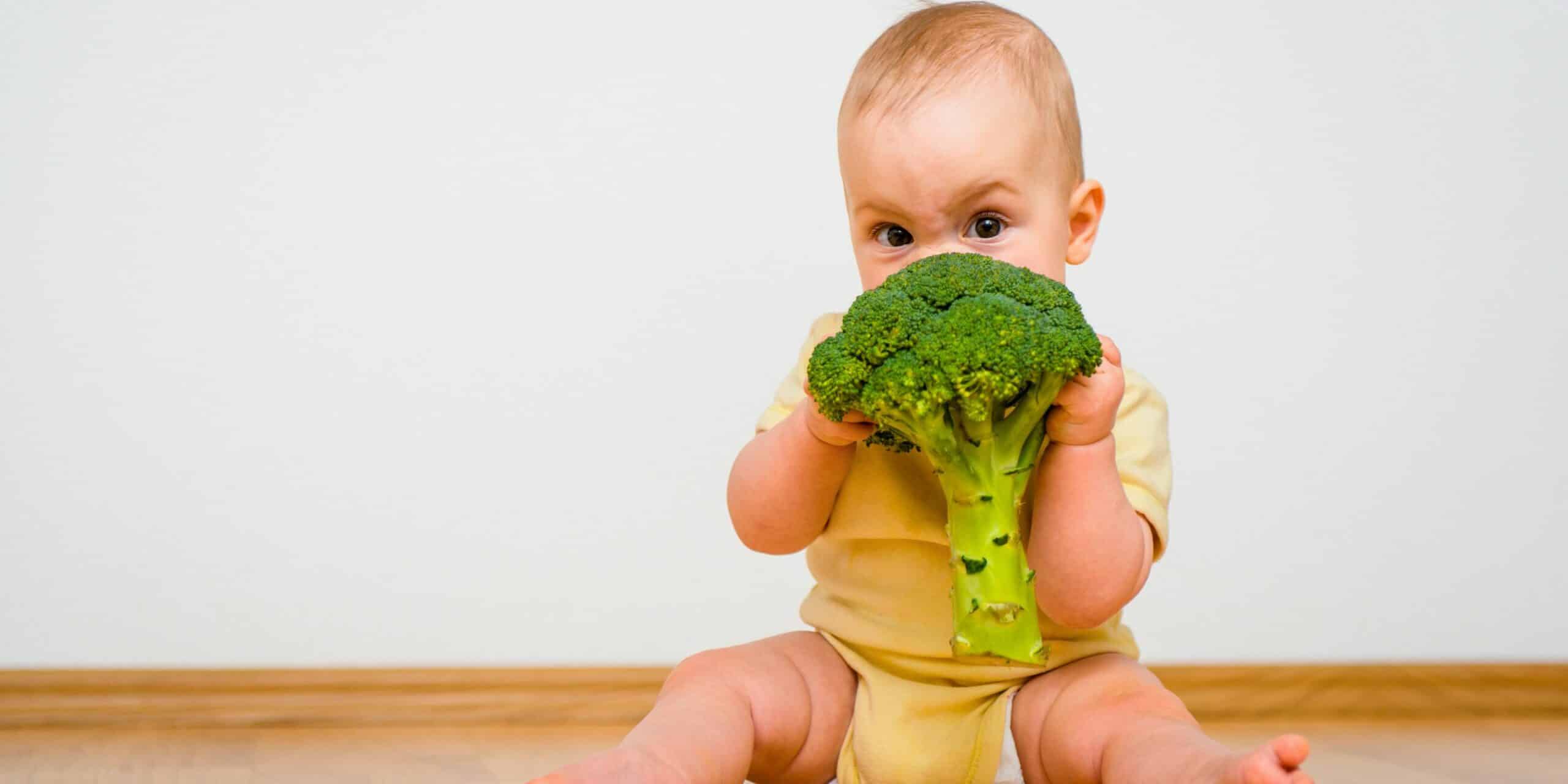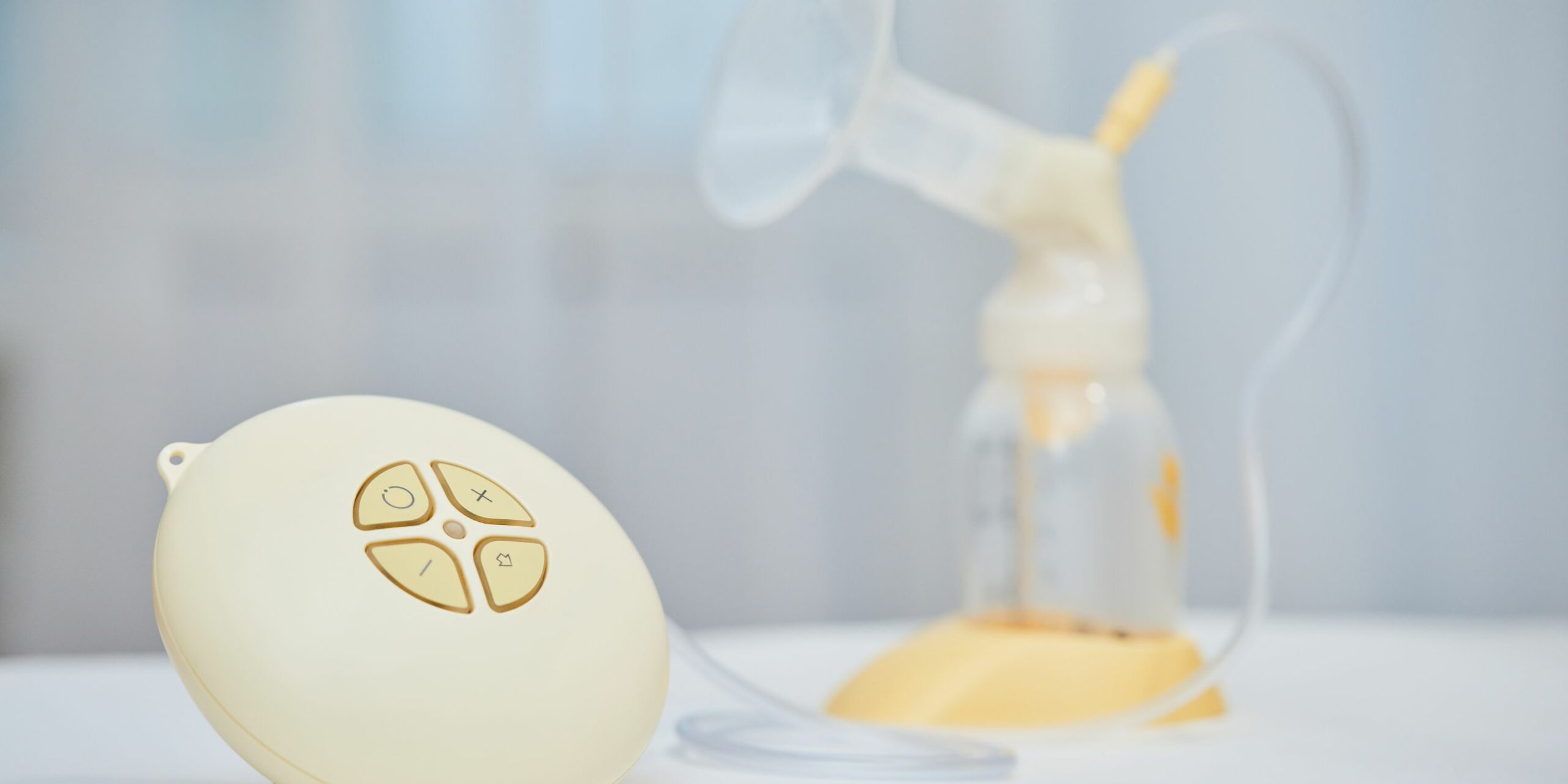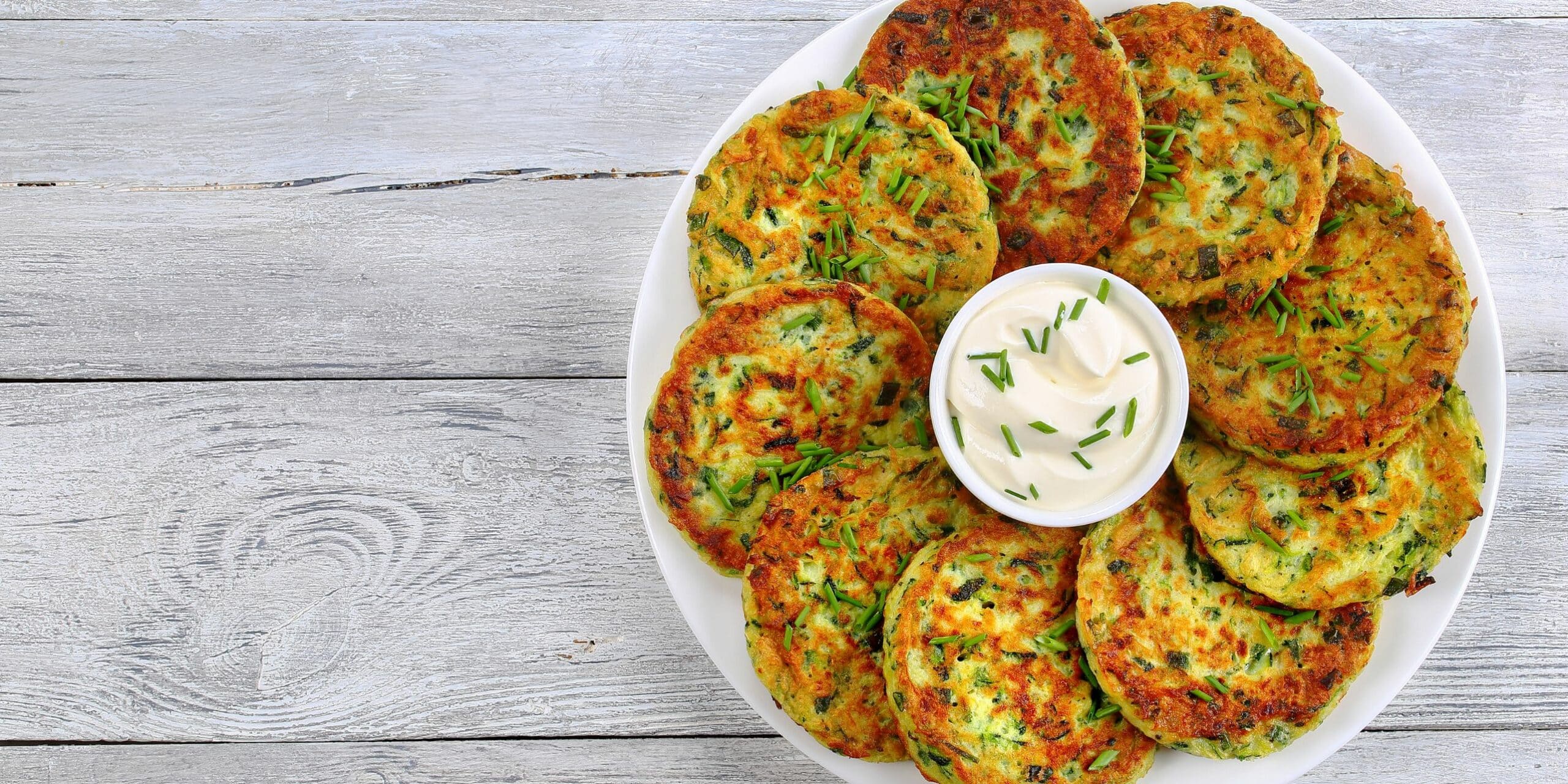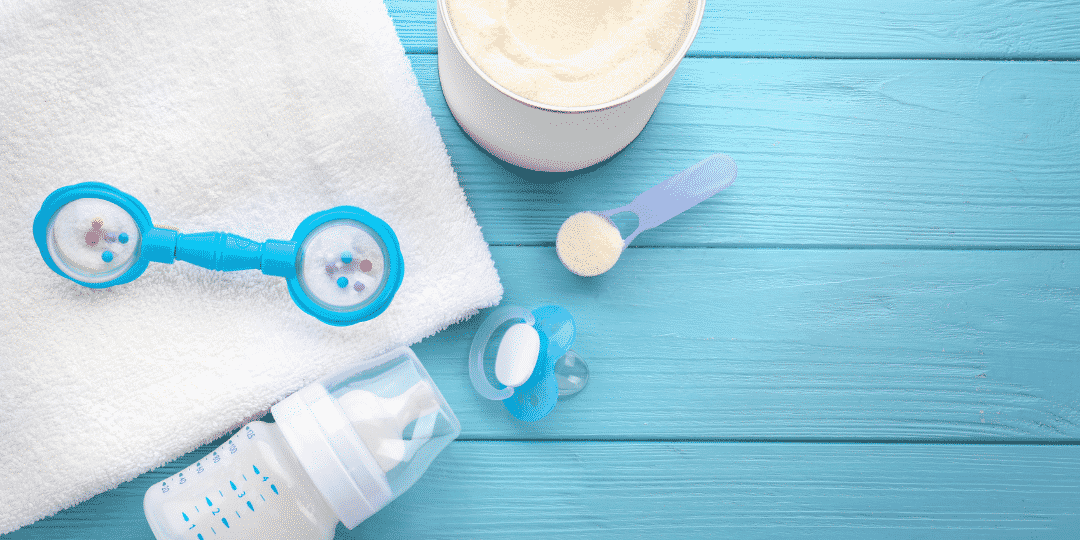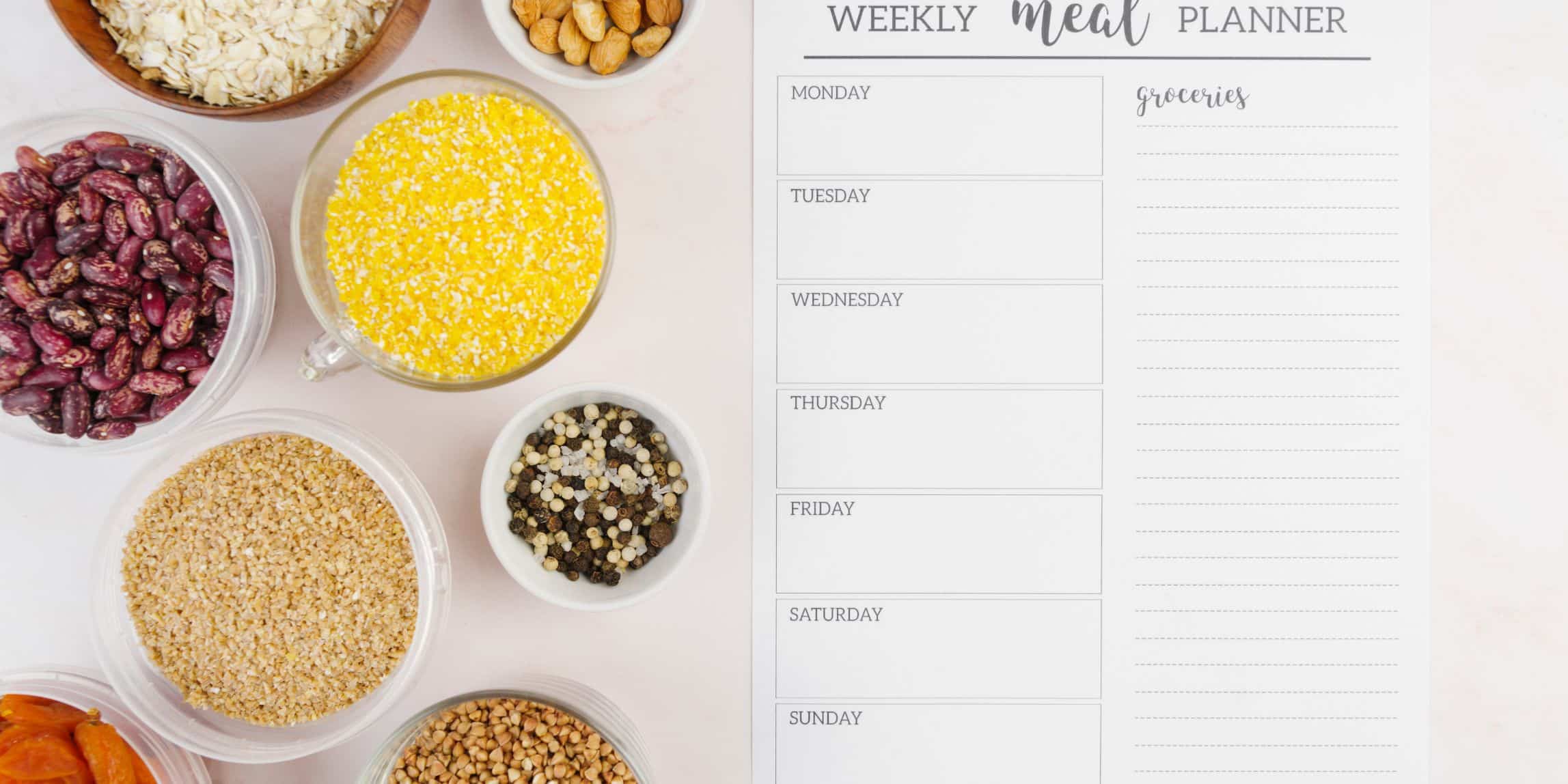B Vitamins for Kids
B vitamins are a group of water soluble vitamins that help our body make energy from the food we eat and also form red blood cells. You may see them written out as something like vitamin B1 or as a name like thiamine.
Because they are water soluble, our bodies don’t store them very well. When we eat too much, we tend to get rid of it in our urine. This is actually why you may have extremely bright yellow pee after taking a vitamin B complex or even a multivitamin containing B vitamins (it’s the riboflavin that does it).
B Vitamins for Kids Read More »

